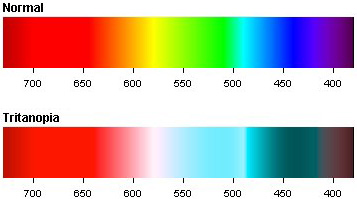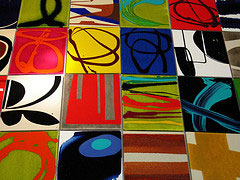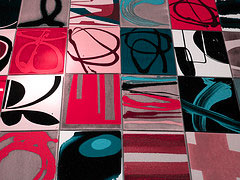Needless to say, if you want to know if you see the world through colorblind eyes you can take some tests and try to understand the results. Usually the tests at least can tell you if you have some sort of color blindness or not even though the results often don’t have a lot in common.
But tests are not always available, you can’t really rely on online tests and a visit to the doctor is expensive. So what to do if you want to know if you, your husband or wife, your child or a friend of you is affected by color blindness and you don’t have a computer with an online connection within reach or don’t want to fill the eye doctors wallet for a simple test?
Have a look at the questions below. If you or your person under observation can answer one or more of the following questions with YES, then most probably you are affected by some kind of color blindness.
- Do you sometimes miss a blossom of a plant in springtime because it doesn’t catch your eye at the first sight?
- Do you sometimes put on some cloths in which other people think they don’t fit together at all?
- Do you think you are a better singer than painter because you never felt comfortable with the color palette?
- Do you not like to go shopping for cloths because they do have so many different colors these days?
- Do you always miss the start of autumn because you see the colored tree leafs only when others are already talking about it for weeks?
- Do you sometimes paraphrase a color because you just don’t want to name it directly?
- Do you usually let your wife or husband make the decisions when it comes to colors?
- Do you always knew that the real truth lies in black and white?
This are eight questions which try to give you a clue about your color blindness. From my point of view we can even narrow them down to one simple sentence:
Do you feel colors?
If you look at a color you have to feel it and name it, as simple as this. Only as a child you learn them. Later on color names are something you know and you don’t have to think about what color it could be.
Being colorblind means, that you are guessing color names. Maybe just some, maybe all. But you are not sure if you are right or wrong. Arguing about color names is something for people with a good color vision. We colorblind don’t argue, we just take it as the others say if we haven’t guessed it right.
This analogy about perfect pitch and color blindness is a really good explanation to me. Most of us don’t feel notes. We can hear them and maybe guess them but that’s about it. Somebody with a perfect pitch can just name a note when he hears it because he feels it. It’s the same in the case of colors: People with normal vision feel colors and colorblind people can only guess them.
Related articles:
Perfect Pitch and Color Blindness
A Colorblind Decides on Colors
Supporting a Colorblind Husband
If you did like this article subscribe to Colblindor to keep informed about new stuff.

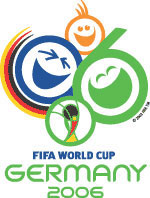
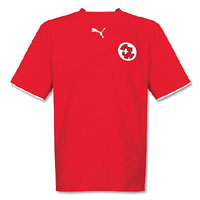


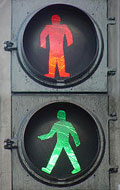
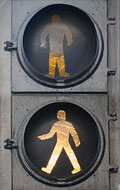
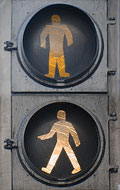
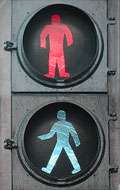
 Some rights reserved.
Some rights reserved.